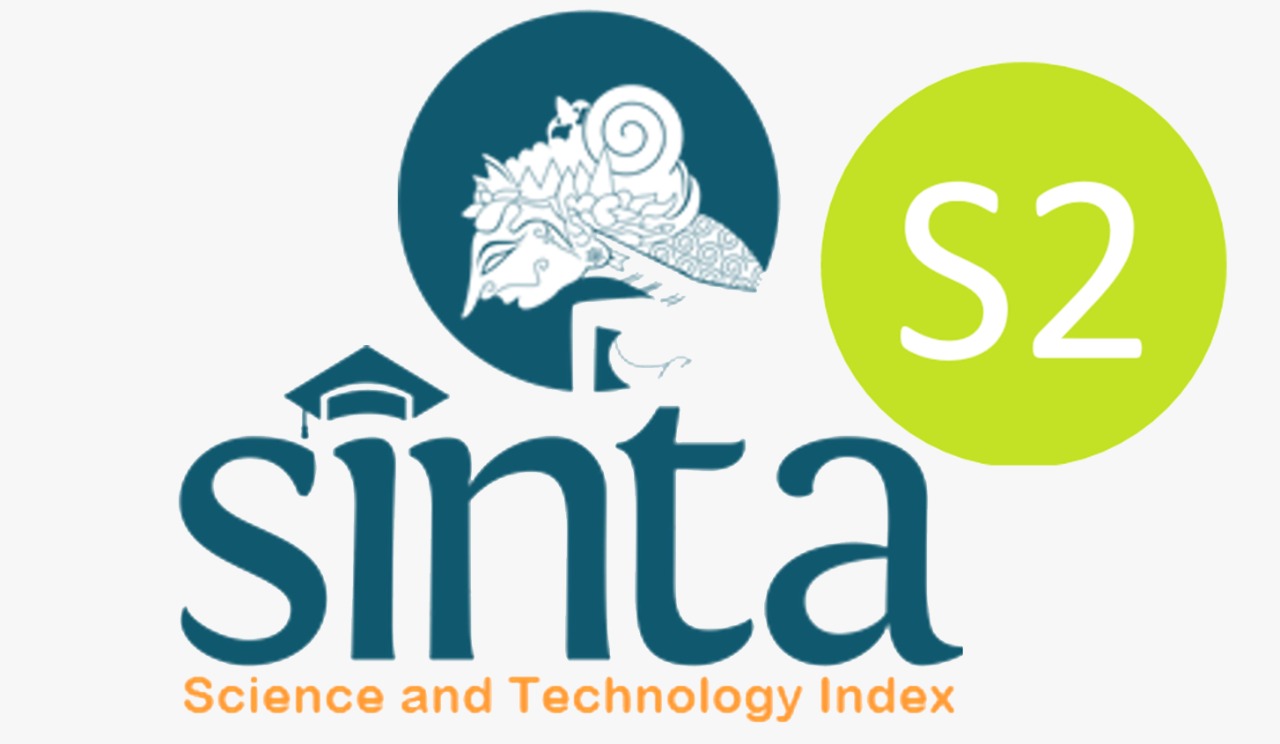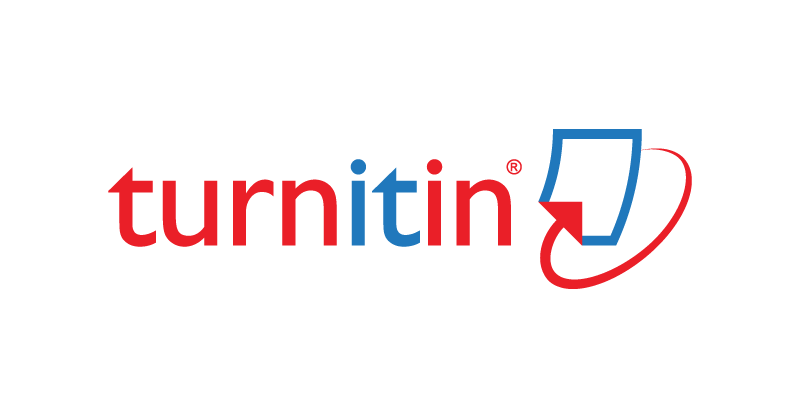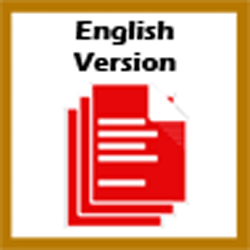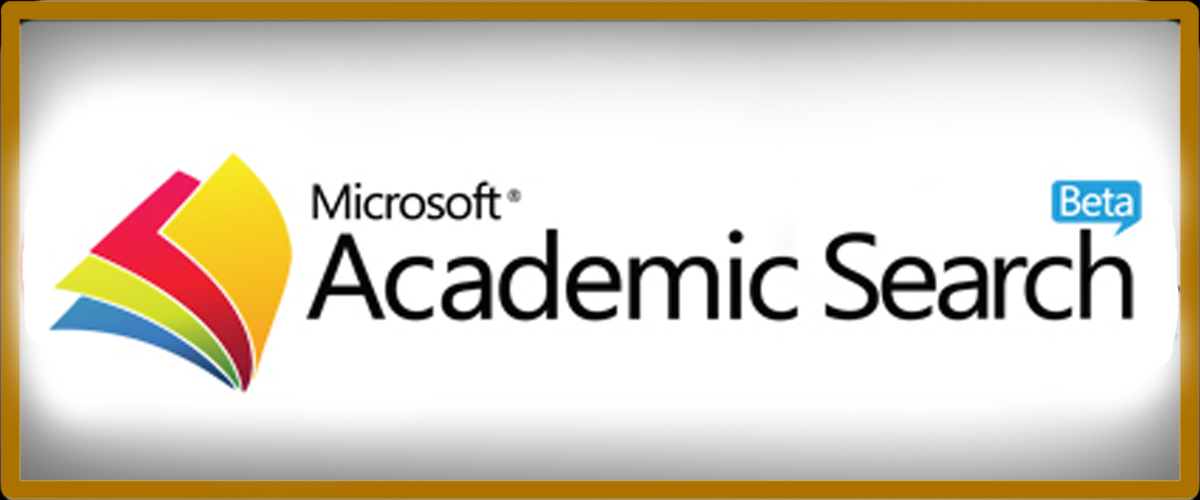| ADDITIONAL MENU |
|---|
 |
| NEW SUBMISSION |
| EDITORIAL BOARD |
| REVIEWERS |
| AUTHOR GUIDELINES |
| PUBLICATION ETHICS |
| PEER REVIEW PROCESS |
| FOCUS AND SCOPE |
| CONTACT |
| AUTHOR FEES |
| OPEN ACCESS STATEMENT |
| RIGHTS AND LICENCES |
AUTHOR GUIDELINES
GENERAL WRITER'S GUIDELINES
Note to Author
-
The template for this article format was created in MS Word 2007, 2010, 2019 or later version, then saved in doc or docx format. This article file template format can be downloaded from the template link on the journal's main page.
-
This template allows article authors to prepare articles according to the rules relatively quickly and accurately, especially for the needs of electronic articles uploaded to the Eduprof Journal.
-
The text content uses Times New Roman font, font size adjusted to certain points, regular, 1.15 spacing (except abstracts using 1.00 spacing).
-
Articles range from 7 to 15 pages in length, including references.
-
The word count is around 3200 to 8000 words.
-
Manuscripts must be written in English.
-
References are cited in the text using Mendeley, Zotero, Endnote, etc. reference managers with footnote style (modern humanities research association 3rd edition (note with bibliography))
-
The maximum number of authors for each manuscript is seven (7) authors
-
Paper size A4, Top Margin 2.75 cm, Left: 2.29 cm, Bottom 2.5, Right 2.29 cm.
Article Organisation
The body of the article should be set (at least) using an IMRaD structure like the following:
-
Abstract and Keywords
-
Introduction
-
Research Methodology
-
Result and Discussion
-
Conclusion
-
References
GUIDELINES FOR MAKING A TEXT
Article Title
The title is included around 10-20 words. The title is written in Capitalize Each Word, center aligned, Times New Roman font size 14, Bold, 1.00 spacing. The title of the article explains the research that has been carried out. The title must be concise, eliminate implied terms and, if possible, be a statement of the main results or conclusions presented in the manuscript. Abbreviations should be avoided in titles.
Authors and Affiliates
Comma separated list of all names. Provide the exact and correct name of the author, because the name will be indexed in the official archives. The first author is given a number symbol (1) at the end of the author's name and subsequent authors. Corresponding authors are marked with an asterisk (*) at the end of their name. Affiliation must be included in the author's name with a superscript number. affiliation followed by the name of the city and country. an example is as follows: Bunga Bangsa Islamic University Cirebon, Cirebon, Indonesia
email address only includes the email address of the corresponding author.
Abstract
Abstracts consist of 150-350 words. Abstract written in English. Abstract typing is done in Times New Roman font size 10, spacing 1.00, margins aligned right and left (justify).
The contents of the abstract consist of background, research objectives, research methods, summary of results and discussion and conclusions.
Key words that need to be included to describe the problem being researched and the main terms that underlie the implementation of the research. Keywords can be single words or combinations of words. Number of keywords 3-6 words. These keywords are necessary for computerization. Searching for research titles and abstracts becomes easier with these keywords
Introduction
The introduction is made using Times New Roman font size 11, 1.15 spacing, aligned right and left (justify) and the beginning of each line in each paragraph is indented about 1 cm. the introduction is around 950 - 1700 words. the number of pages is around 2-4 pages.
The introduction doesn't need to be too long and convoluted. just explain briefly and concisely covering important things such as the current issue which is the topic of discussion, conditions of expectations, conditions of reality, the emergence of GAP or the gap between conditions of expectations and conditions in the field, finding solutions, relevant previous research, the emergence of novelty between previous research with the research being conducted, an explanation of why it is important to conduct the research.
.
Methodology
This chapter explains how the research was conducted. The main materials in this section are: (1) Research method/design (provide design drawings); (2) research location (3) population and sample (research targets) (if qualitative research, this section is a primary/secondary data source); (4) data collection techniques/instruments and instrument development; (5) and data analysis techniques. For research and development research that uses tools and materials, it is necessary to write down the specifications for the tools and materials. Tool specifications describe the sophistication of the tools used. Material specifications describe the type of material used.
For qualitative research such as classroom action, ethnography, phenomenology, case studies, etc., it is necessary to add the presence of the researcher, research subjects, helpful informants along with how to change the research data, location and duration of the research and their descriptions. Finally, please avoid creating subsections in Method.
Results and Raising
This section is the main part of the research article and is usually the longest part of the article. The research results presented in this section are "clean" results. Its main function is to answer the question posed in the introduction, explaining how the results support the answer and how the answer fits existing knowledge about the topic. The discussion should always explain how your research has enhanced the reader's understanding of the research problem you left at the end of the introduction. discussions should be as brief as possible while stating, supporting, explaining, and defending your answers clearly and completely, as well as discussing other important and relevant issues.
The discussion in the article aims to: (1) answer the problem formulation and research questions; (2) show how the findings were obtained; (3) interpret/interpret the findings; (4) connecting research findings with established knowledge structures; and (5) reject new or existing theories.
In answering problem formulations and questions, research results must be presented clearly. Interpretation of findings is carried out using existing logic and theories. Findings in the form of facts in the field are combined/controlled with the results of previous research or existing theories. For that there must be a reference. In new theories, old theories can be confirmed or rejected, some may need to confirm old theories.
In an article, sometimes it is unavoidable to organize research results into “children's subtitles”. The following is how to write an organizational format which shows how to write specific things in the results and discussion chapters
-
explain the results of research findings;
-
explain the significance of the findings;
-
explain the relationship between research results and literature sources in books or other people's research results;
-
explain, relate the findings to similar research in the form of support or refutation;
-
explain research implications;
Tables and graphs can be used to clarify the oral presentation of research results. Tables and charts should be commented on or discussed.
Provision of Table
-
tables are given a table title and also a table number
-
the width of the table does not exceed the left and right margins of the paper
-
the length of the table does not cut across the next page
-
the table header is written in bold
-
the size of the letters in the table can be adjusted between sizes 8 - 11
-
table lines are only horizontal lines
-
the table presented must be discussed/explained both below and above the table
-
tables are not made in image form
here is an example:

Provision of images or graphics:
-
Images or graphics are given a title and also a sequence number
-
the width of the image or graphic does not exceed the left and right margins of the paper
-
The length of the image or graphic does not cut into the next page
-
The image must have clear image resolution
-
The numbers and descriptions in the graph must be clearly visible, not overlap with the graph bar, the size of the numbers or letters is not too small or too large
-
The image or graph presented must be discussed/explained both below and above the image or graph
here is an example:


Conclusion
Conclusion provides a summary of the description of the results and discussion, referring to the research objectives. Based on these two things, new ideas are developed which are the essence of the research findings.
Reference
The bibliography is a list of papers that the author read in compiling his article and then used as a reference. In scientific articles, a bibliography must be present as a complement to references and reference sources. Writing a bibliography follows the rules in this guideline. The bibliography is written using an automatic citation application (Mendeley, Zotero, Endnote, etc.) in a modern humanities research association 3rd edition (note with bibliography) style.
Example:
Journal online :
Marwat, Yaqoob Khan, ‘Mawlāna Abul Kalām ‘Azād and His Efforts in Reforming and Developing the Curriculum of Dars-i-Nizāmī’, Al-Idah, 38.2 (2020), 82–95
Book :
Creswell, John W., A Concise Introduction to Mixed Methods Research (SAGE publications, 2014) <https://books.google.com/books?hl=en&lr=&id=51UXBAAAQBAJ&oi=fnd&pg=PR1&dq=book+creswell&ots=6bCqQ2SoJB&sig=-nyZaBusCVfxCDlmePDfVSL_kow> [accessed 27 December 2023]
Bibliographic lists preferably come from journals or books. reference sources in the bibliography list are at least 25 reference sources with a composition of 50% from international sources and 50% from local sources
SUBMISSION PREPARATION CHECKLIST
Softcopy manuscripts are sent no later than 1 month before publication, by sending via the Eduprof Journal address or sending via email: Email: eduprof.bbc@gmail.com
After the article is submitted, it is hoped that you can confirm it with the editor at the contact number: 08998894014 (Muhammad Iqbal)
The manuscript has not been published or is in the process of being submitted for publication in other media and does not contain elements of plagiarism, and is accompanied by a written statement from the author.
The manuscript is written in English using the Edprof Template: Journal of Islamic Education
COPYRIGHT NOTICE
Authors who publish in this journal agree to the following terms:
Authors retain copyright and grant first publication rights to the journal with the work simultaneously licensed under the Attribution-ShareAlike 4.0 International License (CC BY NC-SA 4.0) which allows others to share the work with acknowledgment of the work's authorship and initial publication here. journal.
Authors may enter into separate additional contractual agreements for non-exclusive distribution of the published version of the journal (e.g., posting it to an institutional repository or publishing it in a book), with acknowledgment of its initial publication in the current year of the journal.
Authors are permitted and encouraged to post their work online (e.g., in an institutional repository or on their website) before and during the submission process, as this can lead to productive exchange, as well as earlier and greater citation of the published work (See The Impact of Open Access).
























